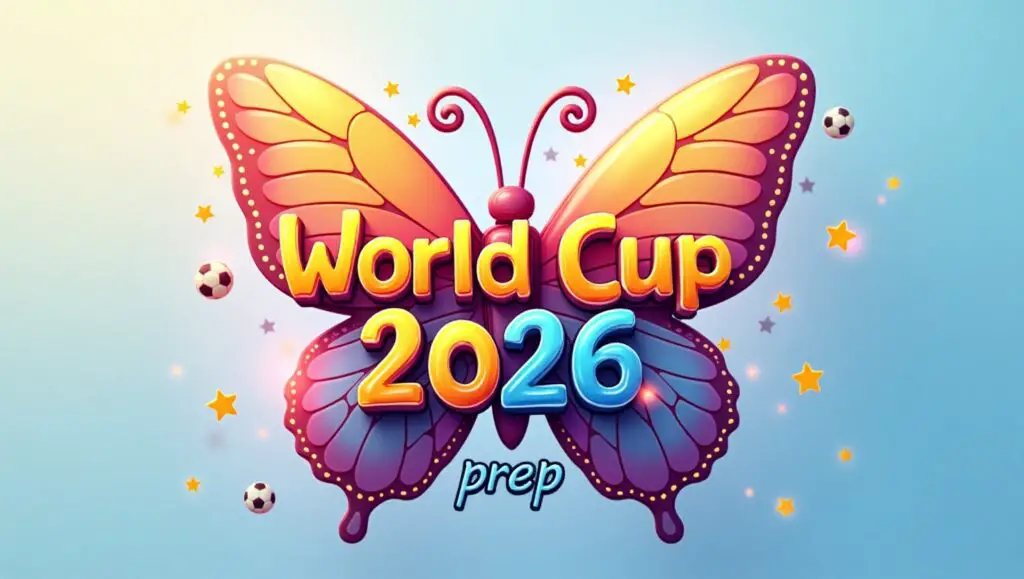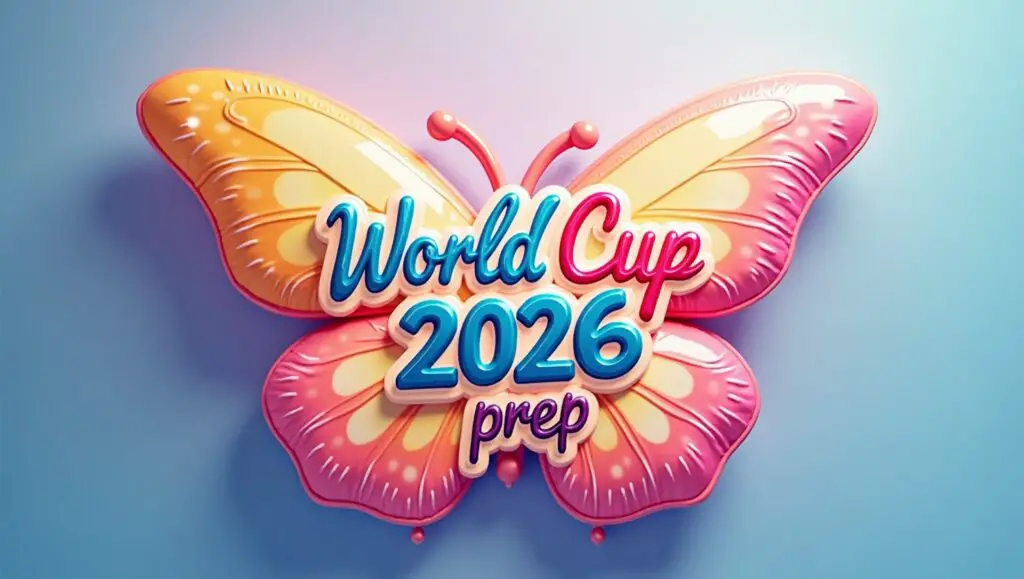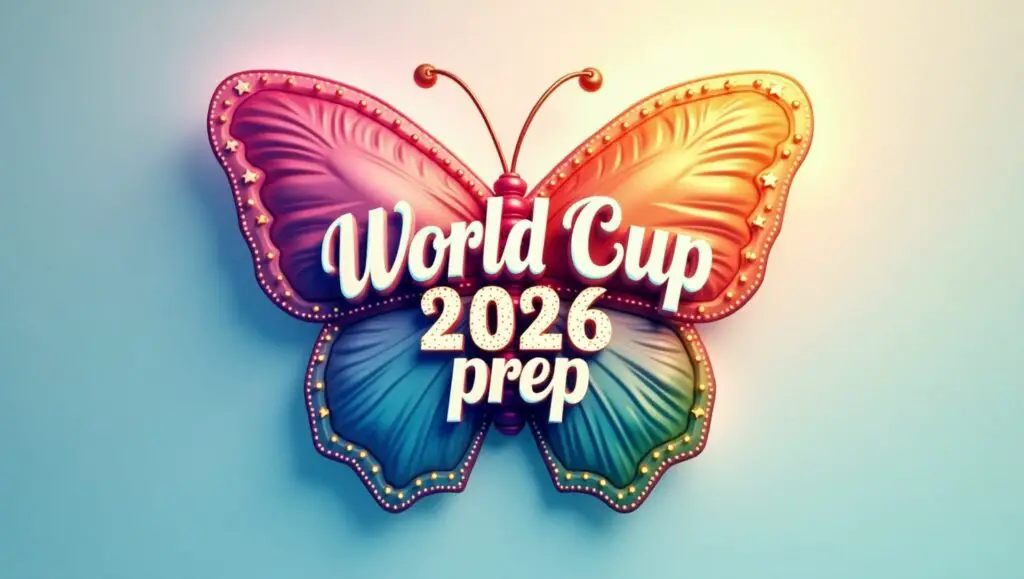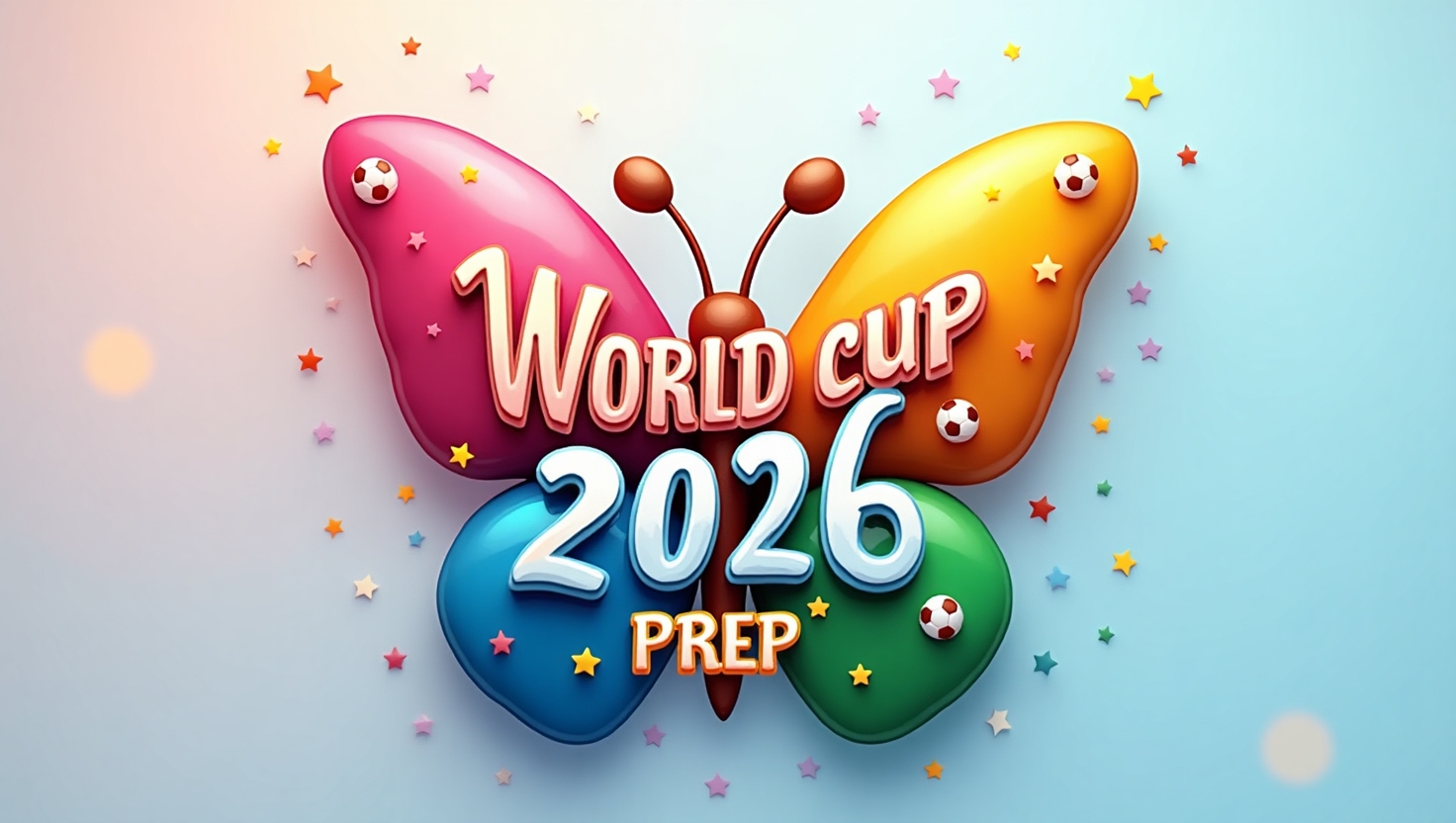The countdown to the FIFA World Cup 2026 has officially begun, and excitement is increasing across the globe. Set to be the largest and most inclusive World Cup ever, the 2026 event will be co-hosted by the United States, Canada, and Mexico — a historic cooperation bringing together three football-loving nations.
As the world prepares for this mega-event, much is happening behind the scenes. From infrastructure preparation and stadium renovations to team qualifications and fan engagement initiatives, the World Cup 2026 prep is already shaping up to redefine world football.

A Tournament of Firsts
The 2026 World Cup will mark numerous historic advancements in FIFA history:
- 48 teams will participate (up from 32 in previous editions), allowing more countries to compete on the world’s biggest stage.
- It is the first time three nations are jointly hosting the competition.
- Over 16 host cities will welcome fans, players, and media across North America. This growth means more matches, more fan zones, and a greater worldwide audience, making it a logistical and sporting show.
Host Cities and Stadium Readiness
One of the biggest aspects of World Cup 2026 preparation is the massive investment in stadium readiness and infrastructure. Here’s a snapshot of some notable developments:
- United States: Cities like Los Angeles, New York/New Jersey, Miami, and Dallas are upgrading world-class venues like SoFi Stadium and AT\&T Stadium to meet FIFA standards.
- Canada: Toronto and Vancouver will host matches and are already developing transport and stadium amenities like BMO Field.
- Mexico: Iconic stadiums like Estadio Azteca in Mexico City are receiving renovated to fit current needs while keeping their legendary legacy. In addition to stadiums, governments are investing in public transit, accommodations, and security systems to ensure seamless operations and a fantastic spectator experience.

Qualifiers and Team Preparations
With 48 clubs in the mix, the qualification format has been revised. Teams from all around the world are now preparing more diligently, knowing there are more slots available — but also greater competition.
- UEFA (Europe) will likely have 16 spaces. * CAF (Africa) could secure up to 9 spots, allowing more African nations a shot at glory.
- AFC (Asia) and CONMEBOL (South America) are also expected to see increased representation. Teams like Argentina, France, Brazil, and England are already rebuilding and scouting new talent. Emerging nations such as Morocco, Japan, USA, and Senegal are also gearing up with powerful youth development programs and enhanced training camps.
As we approach 2026, a new generation of stars is due to light up the stage. Expect to see young talents like:
- Jude Bellingham (England) – A midfield master with maturity above his years.
- Jamal Musiala (Germany) – A creative playmaker ready to become Germany’s next icon.
- Lamine Yamal (Spain) – Already making waves at Barcelona, he could be Spain’s breakthrough star.
- Endrick (Brazil) – The teenage striker is hailed as Brazil’s next great hope. Veterans like Kylian Mbappé, Vinícius Jr., and Erling Haaland are also projected to be at their peak, making 2026 one of the most entertaining World Cups in recent memory.
Fan Engagement and Ticketing
FIFA is prioritizing fan engagement more than ever before. With millions expected to attend across North America, digital ticketing systems, mobile apps, and AR/VR fan experiences are being developed for interactive watching.
Fans may expect:
- Early ticket packages for group-stage matches. * Fan zones and watch parties in key cities with music and cultural performances. * Sustainability programs supporting eco-friendly travel and waste reduction. FIFA is also focusing on inclusivity, ensuring fans with disabilities have full access to venues and services.

Sustainability and Legacy
World Cup 2026 organizers are placing a great emphasis on sustainability and long-term legacy. Key efforts include:
- Using existing stadiums to decrease construction waste and cost.
- Promoting green transportation like electric buses and trains.
- Encouraging community engagement with grassroots football programs. The aim is to not only organize an outstanding event but to also leave behind a good impact on local communities and football development across the region.
Challenges Ahead
While preparations are in full swing, difficulties remain:
- Cross-border coordination between three countries poses logistical and policy issues. * Security and health protocols must be airtight, especially in a post-COVID world. * Weather and travel distances could impact players and fans alike, especially in vast regions like North America. Organizers and FIFA officials are actively working to resolve these concerns, using lessons from previous tournaments and modern technology to ensure smooth execution.
Conclusion: A Tournament to Unite the World
The World Cup 2026 is more than just a sporting event – it’s a global celebration of solidarity, culture, and the beautiful game. With new talent increasing, nations expanding their horizons, and technology enriching the experience, this edition promises to be remarkable.
Whether you’re a veteran football fan or a first-time spectator, the 2026 World Cup will have something for everyone. As preparations accelerate, one thing is certain: the world will be watching, cheering, and coming together like never before.



